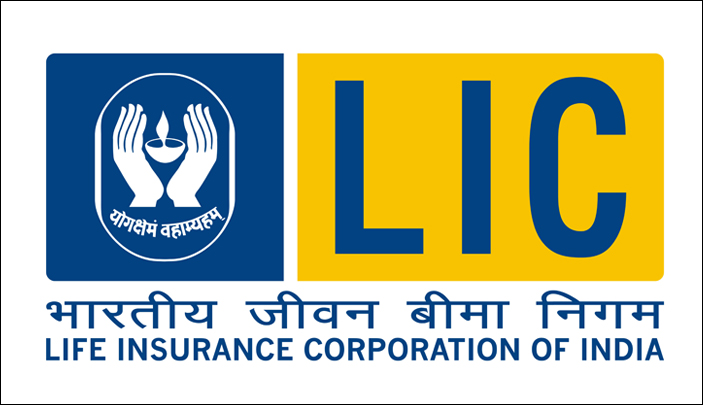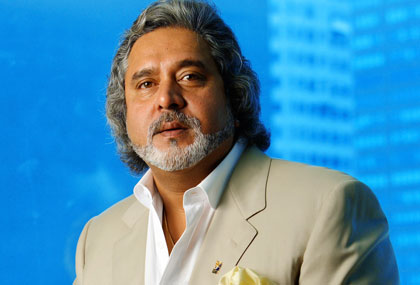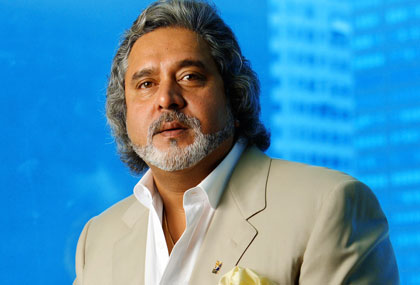Earlier this week the Reserve Bank of India released the Financial Stability Report.
Among other things, this report talks about the inability of large borrowers to repay the loans that they have taken on from banks, in particular the public sector banks. The Reserve Bank of India defines a large borrower as a borrower who has taken on a loan of Rs 5 crore or more.
The Indian banking system has been trouble primarily because of the large borrowers and not the retail borrowers. As the Financial Stability Report points out: “Retail loans continued to witness the least stress.”
This can be seen from the following chart.
Asset quality in major sectors The chart makes for a very interesting reading. The retail loans remain the safest form of lending. The gross non-performing assets ratio (or the bad loans ratio) of lending to retail is at 1.8% of the loans given to the sector. Retail loans essentially include home loans, vehicle loans, credit card outstanding, loan against shares, bonds and fixed deposits, and personal loans.
The chart makes for a very interesting reading. The retail loans remain the safest form of lending. The gross non-performing assets ratio (or the bad loans ratio) of lending to retail is at 1.8% of the loans given to the sector. Retail loans essentially include home loans, vehicle loans, credit card outstanding, loan against shares, bonds and fixed deposits, and personal loans.
As can be seen from the above chart, the bad loan ratio of retail lending is the least. This explains why 46% of lending carried out by banks between April 2015 and April 2016, has been retail lending. Between April 2014 and April 2015, 32.4% of all lending was retail lending.
Lending to industry is the most risky form of lending. As on March 31, 2016, the bad loans ratio had stood at 11.9%. Over and above this, the stressed advances ratio was at 19.4%. The stressed advances figure is obtained by adding the bad loans to the restructured assets. A restructured asset is essentially a loan where the borrower has been given a moratorium during which he does not have to repay the principal amount. In some cases, even the interest need not be paid. In some other cases, the tenure of the loan has been increased.
Hence, nearly one fifth of the loans given to industry are in trouble. Given this, it is hardly surprising that banks (in particular public sector banks) do not want to lend to industry. Bank lending to industry between April 2015 and April 2016, remained more or less flat.
Industries which have taken on loans from banks can largely be categorised as large borrowers or borrowers who have taken on a loan of Rs 5 crore or more. And this is where the basic troubles of Indian banks lie.
As the Financial Stability Report points out: “Share of large borrowers’ in total loans increased from 56.8 per cent to 58.0 per cent between September 2015 and March 2016. Their share in GNPA s[gross non-performing assets or bad loans] also increased from 83.4 per cent to 86.4 per cent during the same period.”
What does this mean? This basically means that large borrowers have been given 58% of all loans but they are responsible for 86.4% of the bad loans. In fact, the bad loans ratio of large borrowers stood at 10.6% as on March 31, 2016. As on September 30, 2015, it had stood at 7%. When it comes to public sector banks this ratio had stood at 12.9% as on March 31,2016, for large borrowers.
Hence, the bad loans to big borrowers have been going up. One reason, as I had explained in yesterday’s column is that the Reserve Bank of India(RBI) has been forcing public sector banks to recognise bad loans as bad loans. Up until now, banks had been passing off many bad loans as restructured loans.
Of course, even within the large borrowers there are many categories.
While banks are able to go after the small enterprises which have taken on loans and not in a position to repay them, the same cannot be said about the very large borrowers. As the RBI governor Raghuram Rajan had said in a November 2014 speech, the full force of bank recovery is “felt by the small entrepreneur who does not have the wherewithal to hire expensive lawyers or move the courts, even while the influential promoter once again escapes its rigour.” “The small entrepreneur’s assets are repossessed quickly and sold, extinguishing many a promising business that could do with a little support from bankers,” Rajan had further said on that occasion.
The Financial Stability Report does not give a detailed breakdown of large borrowers, but it does give us a very interesting data point about the top 100 borrowers among the large borrowers.
As the Report points out: “Top 100 large borrowers (in terms of outstanding funded amounts) accounted for 27.9 per cent of credit to all large borrowers…There was a sharp increase in the share of GNPAs [Gross Non-Performing Assets] of top 100 large borrowers in GNPAs of all large borrowers from 3.4 per cent in September 2015 to 22.3 per cent in March 2016.”
What does this mean? The loans given to the top 100 borrowers among the large borrowers constitute for 27.9% of all loans given to large borrowers. As on September 30, 2015, the bad loans of the top 100 borrowers among large borrowers amounted to around 3.4% of bad loans of all large borrowers. By March 31, 2016, this had jumped to 22.3% of bad loans of all large borrowers.
What does this tell us? It tells us very clearly that banks were treating its largest borrowers with kids gloves and not recognising their bad loans as bad loans. This could have possibly been done by restructuring their loans.
Thankfully, this game is now over. And for that both the RBI and the Modi government deserve credit. The bigger challenge now lies ahead. The government as the major owner of public sector banks needs to make sure that these largest of defaulters are made to repay the loans of public sector banks that they have taken on.
Given that, such a thing has rarely happened in the past, it will be interesting to see how the Modi government will go about this. If it can clean this mess up, then the phrase that telephones from the government to the public sector banks have stopped, will acquire a real meaning. Let’s hope for the best.
Watch this space!
The column originally appeared in Vivek Kaul’s Diary on July 1, 2016




